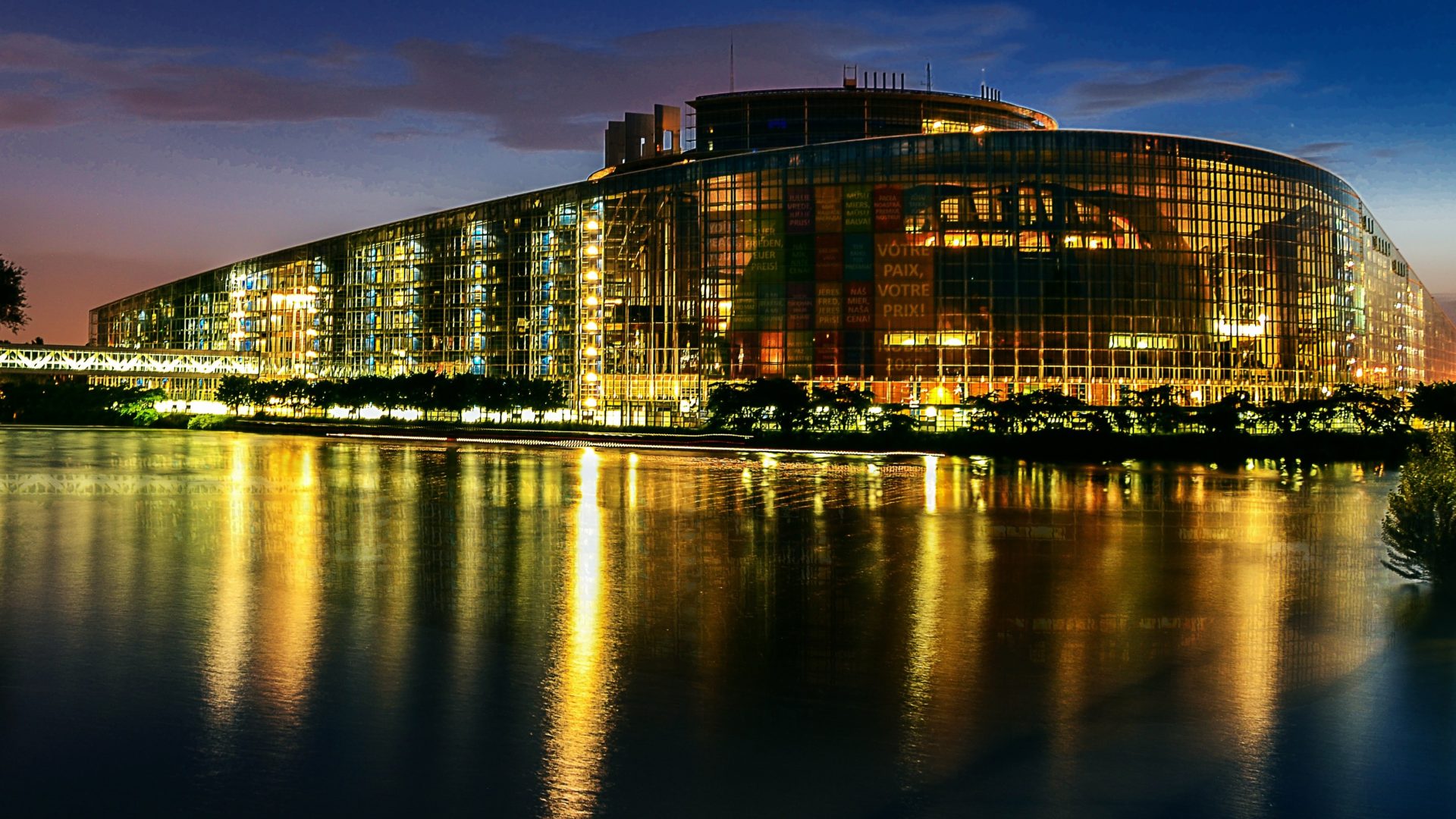
EU elections
How should your organisation approach the 2019 EU political reshuffle?
2019 is set to be a pivotal year for the European Union. The terms of the Juncker Commission and the European Parliament are coming to an end; thereby paving the way to a complete reshuffle of the EU political landscape.
EU citizens will be called to the polls on 26-29 May 2019 to elect 705 new representatives, kicking-off an arduous and complicated horse-trading process to fill the top EU political positions.
But 2019 will not only be about personal fate. The outcome of the political reshuffle will structurally affect EU public policy. First, the next Commission will adopt a set of new political priorities that will shape its legislative proposals for the next five years. Second, the newly elected MEPs will have to build a coherent and consistent majority whose members will have a substantial influence on the EU policy design. As a result, it will be essential to update your contact lists to continue influencing the EU policymaking machinery. New faces are bound to emerge.
Already, we can anticipate four significant changes in 2019.
the end of the ‘Grand Coalition’
Since 1979, two dominant political groups – the centre-right European People’s Party (EPP) and the Socialists & Democrats (S&D) – have formed the majority in the European Parliament. As such, they were able to choose its president and secure other key positions. However, this hegemony will ebb. The two main groups will no longer be able to form a majority alone: S&D are likely to face heavy losses as a result of the departure of the UK delegation, and both groups are expected to lose ground in large Member States such as Italy, France, and Germany. According to latest polls, S&D and EPP will secure 40-45% of the seats, putting an end to the traditional grand coalition between the European centre-left and centre-right.
the rise of liberals
The liberals are set to be the only pro-EU political group to grow significantly in 2019. ALDE and Macron’s party LREM have built a platform that could become the third biggest political group in the Parliament, with 90 to 100 members. The group could grow even more if LREM succeeds in winning over parties affiliated to S&D, EPP or the Greens. Such a weight would make any coalition that does not include the Liberals unlikely, giving them a chance to secure strategic positions in the top jobs open for renewal.
the Eurosceptic wave
Eurosceptic parties are likely to make sizeable gains. In Germany, Italy, Spain and Sweden, voters are about to send many more Eurosceptic representatives to Brussels, compared with previous European elections. Altogether, Eurosceptic parties could secure almost a quarter of the seats, dramatically increasing their influence on EU policies. Nevertheless, differences among such parties are substantially strong, therefore making a broad Eurosceptic alliance unlikely. Where Eurosceptic forces will exert more significant influence on EU policies, it will instead be through the presence of national governments in the European Council.
Such significant changes to the EU political landscape will undoubtedly have an impact on the EU policymaking process and the way it tackles policy issues.
how can your organisation approach the forthcoming new EU political landscape?
Such significant changes to the EU political landscape will undoubtedly have an impact on the EU policymaking process and the way it tackles policy issues. Here are three main principles for your organisation to follow to face those challenges and fit into the new EU political environment.
- Understand the landscape. It is vital for your organisation to understand the new landscape and to identify the people that will matter in your sector by spotting the relevant players. It will be necessary to track the main changes in the appropriate parliamentary committees, in the Commission and the cabinets of MEPs and Commissioners, while attempting to answer several questions: Who are they? What is their background? Are they politically influent? What are their positions in the main policy issues of your sector? Such mapping can be complex but it is vital to understand the political environment your organisation will have to deal with for the next five years.
- Diversify your targets. As we already outlined, 2019 will be marked by a greater fragmentation of the political spectrum, giving a more critical weight in the policymaking process to smaller parties. Directives and Regulations will only be adopted if a sufficient number of political groups support them and we can expect majorities to be tight. This situation will make it essential for stakeholders to take into consideration every political group in their advocacy strategies, as convincing only the two main groups will not be sufficient. Diversify your targets by getting in touch with a wide range of newcomers and by establishing a trust-based relationship with relevant policymakers from the entire political spectrum.
- Join forces. In such an unstable and split political landscape, stability and unity will be critical for stakeholders. To ensure that your interests are protected and heard in Brussels, you must, therefore, find allies and join forces. By building coalitions with stakeholders sharing the same interests, your organisation will gain both legitimacy and ability to reach more and higher-level policymakers.
